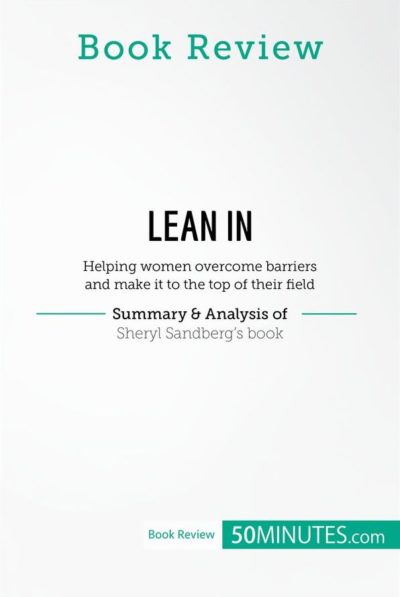

One cause is gender stereotypes: Women are not believed to be ambitious and career-oriented, and those who infringe these beliefs can be tagged as “bossy” or worse. Various studies reveal that men are more ambitious and more prospective to want to be executives than women. Still, in some way this surge of knowledgeable women going into the workforce becomes a trickle when they eventually get the leadership level.Ī lot of reasons add to this issue however one of the most essential is the leadership ambition difference.

These numbers are conspicuous since in the term of academic accomplishment, averagely, women are better than men, getting 57% of all undergraduate degrees and 60% of master’s degrees in the U.S. There is nowhere that gender inequality is really obvious than in leadership ranks: Globally, only 20% of parliament positions are controlled by women, and just 4% of Fortune 500 CEOs are women. In a survey that was conducted, when they were questioned if they anticipated their partner to leave their career in order to raise children, 46% of the men said yes, compared to just 5% of the women.Ĭhapter 2 – Women are still clearly missing from leadership ranks, partly as a result of the leadership ambition difference. For instance, most people believe it is a woman’s duty to care for children. This type of “benevolent sexism” is really more dangerous than the clearly hostile type, for the perpetrator typically has no knowledge of how his or her behaviors harm female colleagues and therefore feels no regret to reevaluate them.Īlso, at home, inequality occurs. However, definitely, this applies just to the ignorant and misogynistic, while we educated people would be fair?Īmazingly, the exact studies reveal that the more unbiased the assessor alleged to be the more they truly discriminated against women. When told to evaluate the performance and development potential of otherwise equal workers, both men and women discriminate against women. In addition, to being financially undervalued, various studies have demonstrated that women’s performance is also unfairly belittled. A pack of eggs has increased ten times that figure.” Neither is this issue sole to the U.S.: in Europe, the present figure is slightly better at 84 cents. As one activist stated ironically, “Forty years and eighteen cents. Although that amount has increased, development has been slow: in 2010, it was just 77 cents.

Let’s look at compensation: In 1970, American women got 59 cents for every dollar men got in the same jobs. However, at first glimpse it may look as if the fight against inequality has been accomplished however, there is still a lot needed to be done. In this current developed world, women are better off than before, all thanks mainly to the women’s movement in the previous century. Chapter 1 – In spite of great strides, we are still behind in terms of gender equality.


 0 kommentar(er)
0 kommentar(er)
